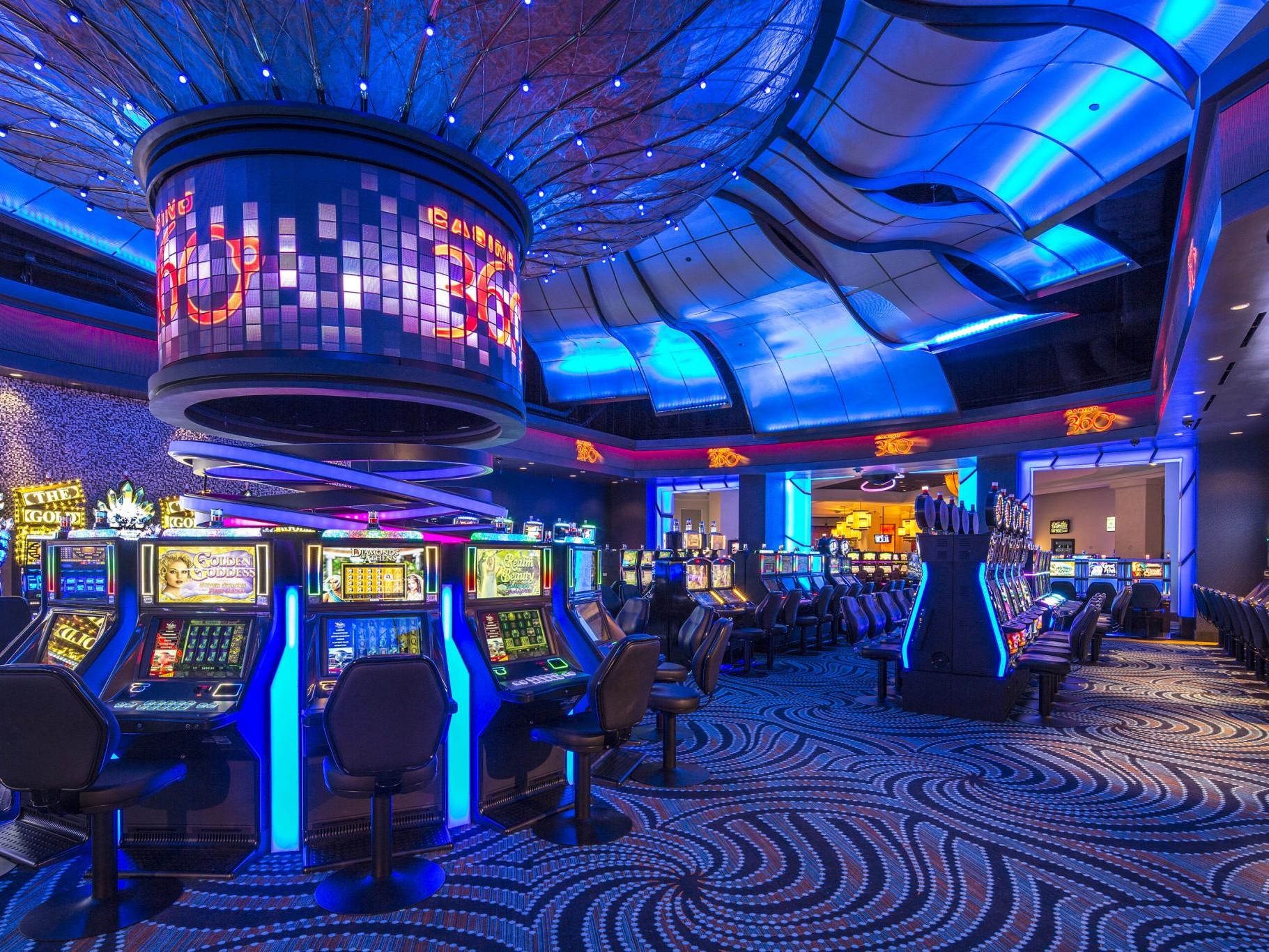
Casino games have long captivated human interest, drawing players into a world filled with fortune, strategy, and the allure of excitement. Each game is meticulously crafted not just for entertainment, but also to evoke particular emotional responses that keep participants involved and interested. Understanding the motivations behind these designs reveals much about how behavioral psychology plays a key role in the gaming experience.
From the vivid lights and dynamic sounds to the complex layering of guidelines and incentives, casino games are designed to create an atmosphere of thrill and expectation. Game designers leverage behavioral strategies to influence participant behavior, whether through the use of winning opportunities, near-miss scenarios, or community engagement. By examining these factors, we can better appreciate how casino games fulfill not just a need for entertainment, but more profound psychological needs for adventure and uncertainty.
Understanding Gamer Behavior
Casino games are engineered with a profound understanding of player psyche, which is essential for drawing in and retaining players. The thrill of the game, alongside the anticipation of winning, produces a strong draw. Game designers utilize elements like audio cues, vibrant graphics, and captivating gameplay to engage attention and evoke emotional responses. These sensory effects enhance the immersive experience, making players feel more attached in the game.
Another important aspect of player behavior is the concept of risk versus reward. Casino games often manage high-stakes situations with the potential for significant rewards, which can cause the phenomenon known as near-miss effect. When players come within reach to winning, the brain releases dopamine, strengthening their behavior and motivating them to persist playing in quest of that elusive win. This cycle of anticipation and disappointment plays a crucial role in how games are designed and promoted.
Lastly, social elements also play a critical role in player behavior at casinos. Many games are designed to be played in pairs or with other players, nurturing a sense of togetherness and communal experience. The community engagement inherent in games like blackjack enhances enjoyment and can culminate in longer play sessions. Designers capitalize on this by designing environments that prompt players to linger, socialize, and return, making the overall casino experience more inviting.
The Role of Visuals and Sound
Visuals and sound play a crucial role in improving the gambler’s experience within gambling games. Designers utilize bold colors, striking graphics, and engaging animations to capture gambler’s attention and sustain their focus. The use of themes, such as adventure or opulence, helps create an enthralling atmosphere that takes players into another world. By appealing to the senses, these elements add to a heightened emotional response, prompting players to interact more profoundly with the games.
Sound design is equally important in enhancing the overall experience of gambling games. The combination of background music, audio effects for successful combinations, and ambient noises creates an auditory landscape that keeps players fascinated. Audio cues associated with wins, such as ringing bells or celebratory music, evoke feelings of excitement and reward, encouraging players to keep playing. These audio cues are carefully placed to amplify the excitement of the game and create a more engaging experience.
Additionally, the synchronization of imagery and audio is essential for supporting the game’s overall theme and atmosphere. Xổ số F8BET Each element should align harmoniously to create a unified experience that pulls players in. The effective use of this synergy not only improves user satisfaction but also boosts the chances of repeat play, as players become more invested in the captivating world that the casino games offer. This thoughtful combination of imagery and audio ultimately enhances player engagement and loyalty.
Reward Systems and Engagement
The development of casino experiences heavily depends on incentive structures to ensure participants engaged and coming back for additional experiences. These systems are based in psychological principles that exploit human nature and motivation. Participants are often motivated by the thrill of winning, which is reinforced by instant responses through the game structure’s mechanics. This instant gratification not only improves the gaming experience but also cultivates a feeling of success, prompting players to continue participating in hopes of greater rewards. F8BET
Gaming establishments adopt various incentive systems, such as large payouts, bonuses, and multipliers, to engage players. These elements create a layer of excitement that sustains interest. Additionally, the unpredictability of results plays a significant role in keeping attention. The intermittent reinforcement schedule, where wins are unpredictable but occur often enough, keeps participants on edge and motivated to keep playing. This cycle of hope and expectation is essential to the effectiveness of casino games.
In addition, social elements, such as competitive events and collaborative options, enhance the engagement factor by tapping into the competitive nature of players. The communal aspect of playing with others can amplify the excitement of winning and create a community atmosphere within the casino. By integrating these social dynamics with efficient reward systems, gambling experiences don’t just provide fun but also foster a stronger bond among players, solidifying their commitment to the overall experience.
